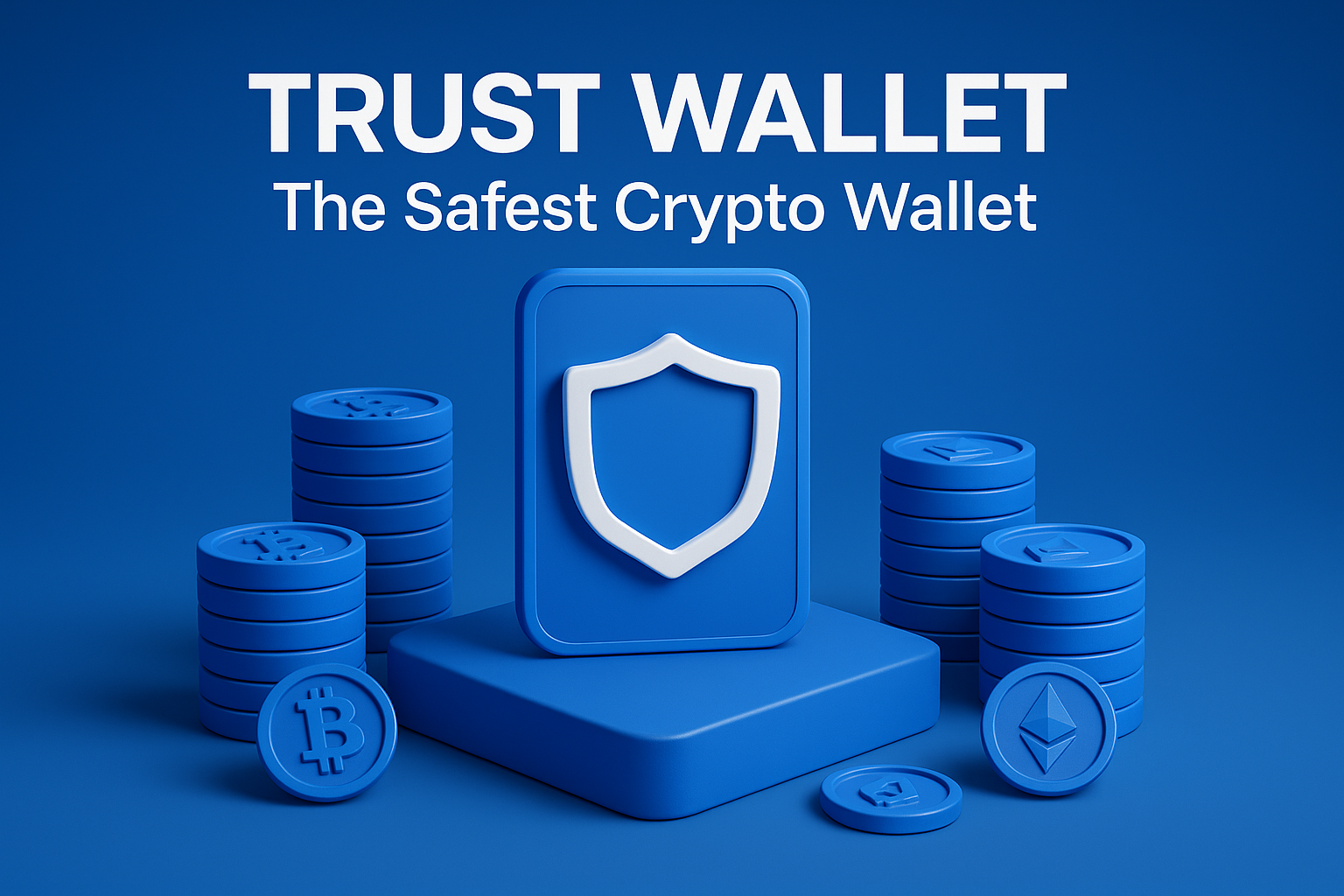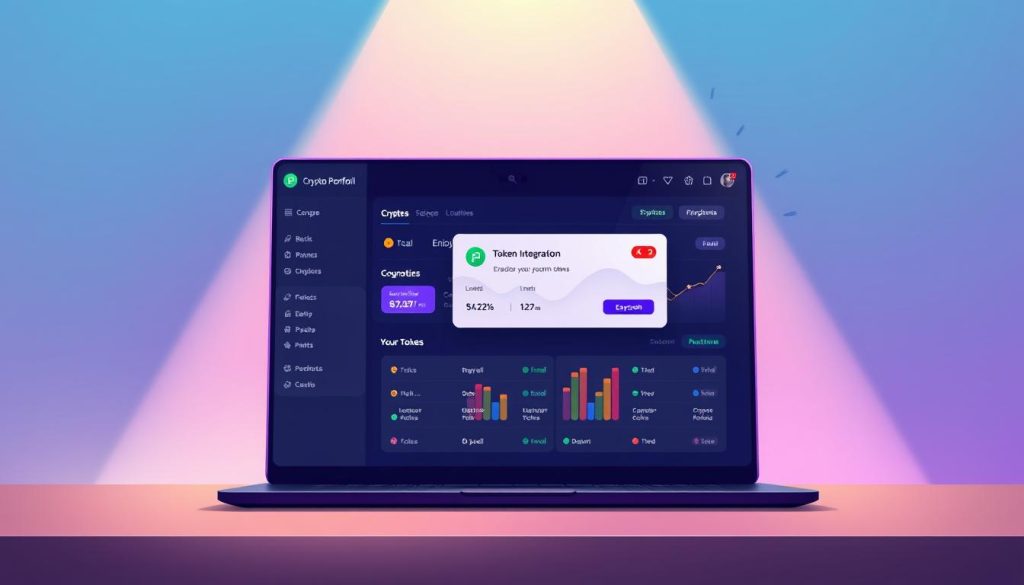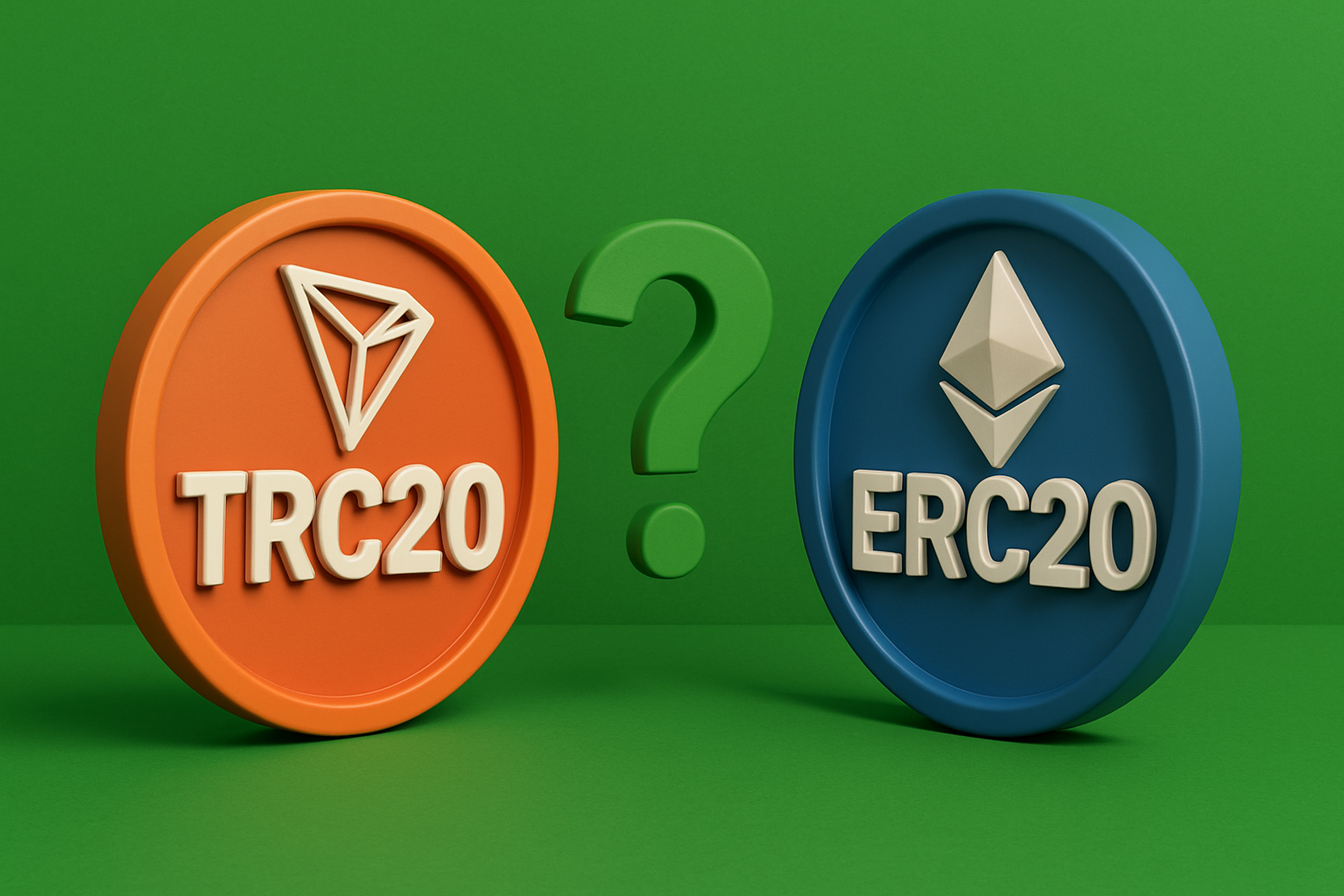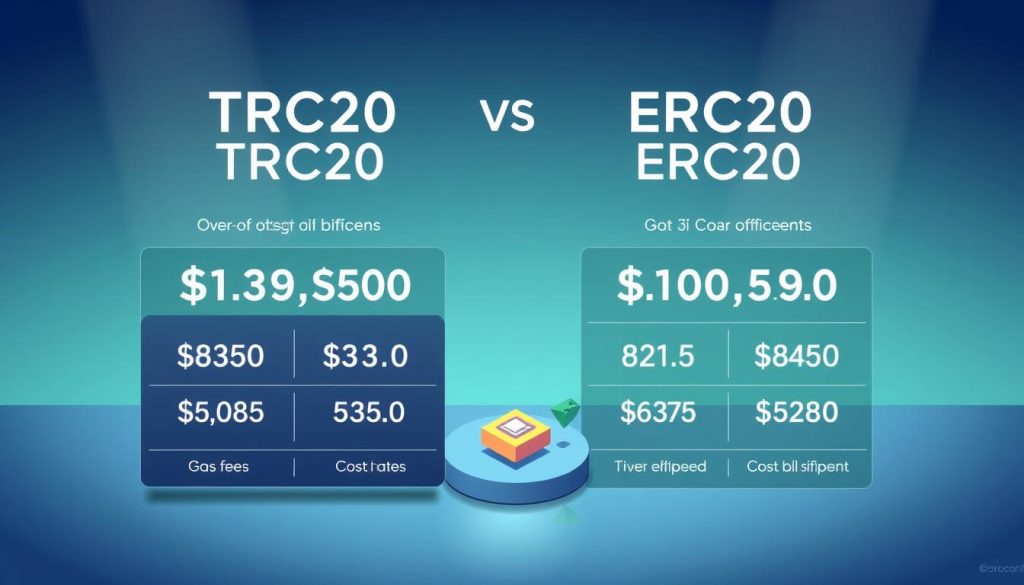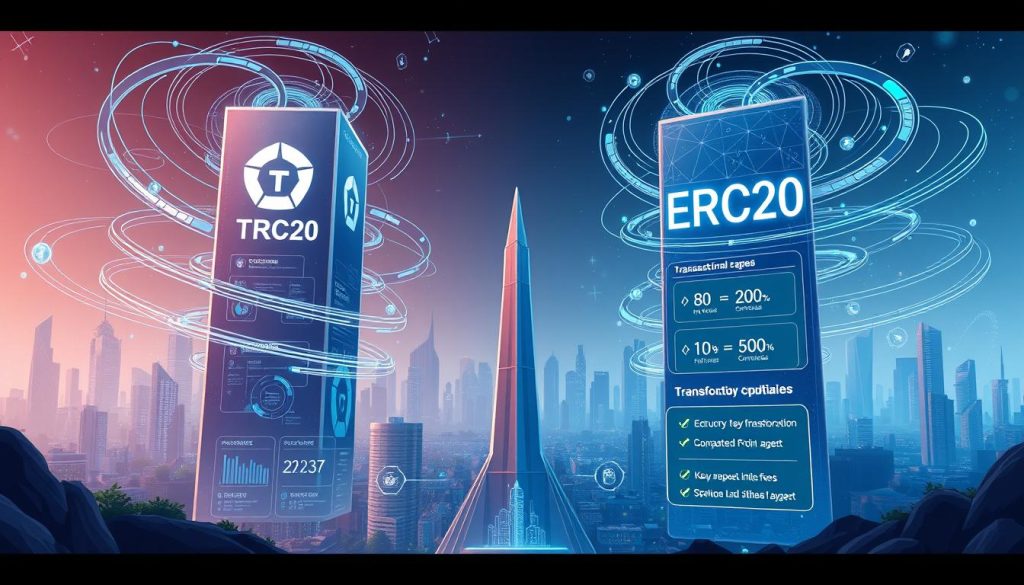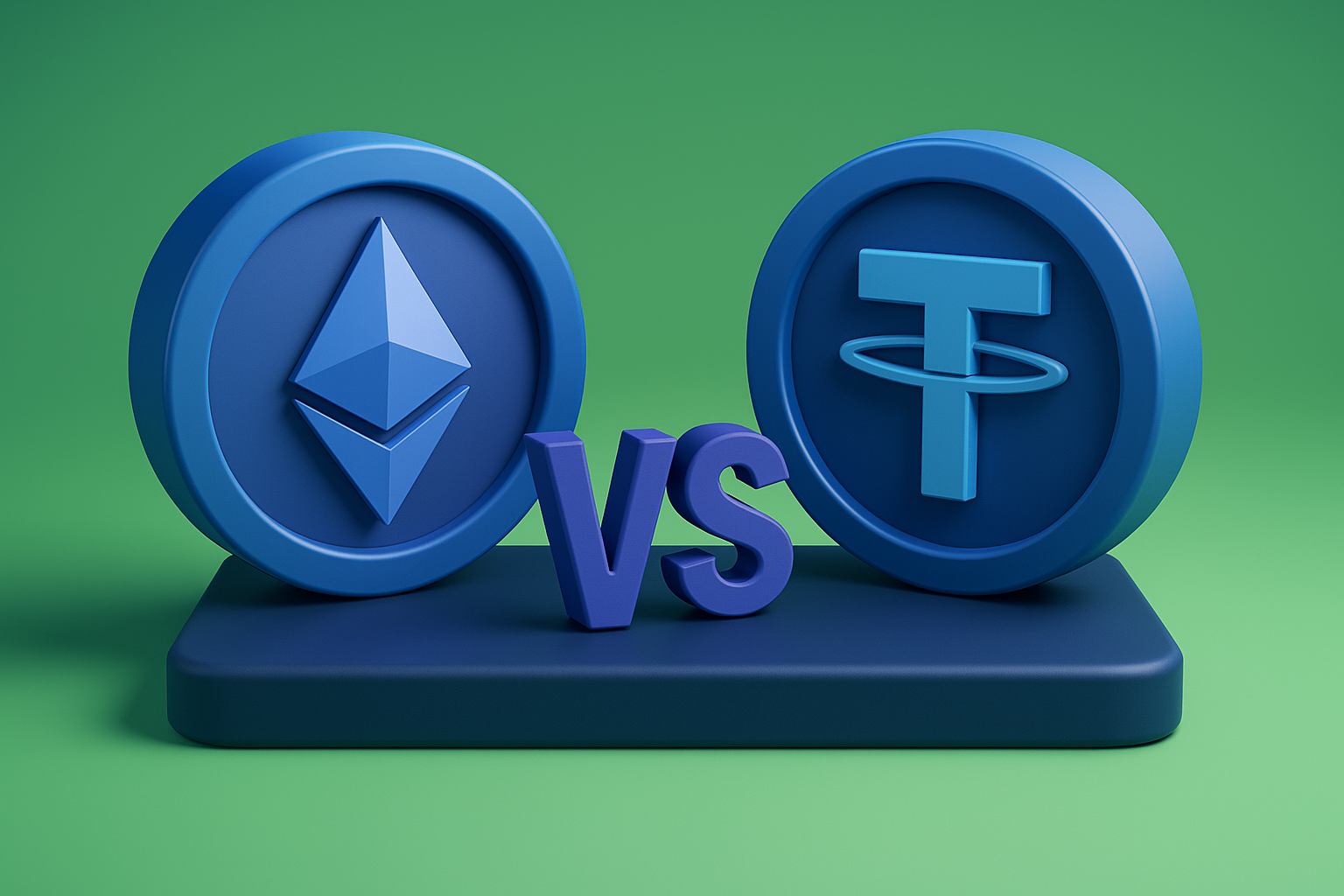The global currency exchange arena operates as the most liquid financial marketplace. Traders access vast liquidity pools, using borrowed capital to amplify their positions beyond their immediate account balances. This approach creates flexibility but demands disciplined strategy.
Borrowed funds allow participants to control larger trades with smaller deposits. While this magnifies potential profits, it also exposes accounts to accelerated losses exceeding original investments. Markets move swiftly, and even minor price swings can trigger margin calls if positions turn unfavorable.
Successful navigation requires understanding how borrowed capital interacts with volatility. Proper education helps traders balance ambition with safeguards like stop-loss orders. Knowledge transforms these tools from hazards into calculated advantages.
This section clarifies how strategic capital management separates sustainable practices from reckless speculation. It prepares traders to evaluate whether amplified positions align with their financial objectives and psychological resilience.
Key Takeaways
- The currency market offers high liquidity but requires careful capital management
- Borrowed funds multiply both profit potential and loss exposure
- Price fluctuations impact leveraged positions faster than standard trades
- Risk mitigation tools become critical when using amplified positions
- Education determines whether leverage becomes an asset or liability
Understanding Margin and Leverage Fundamentals
Currency trading hinges on two core mechanisms that amplify market participation. These tools enable control over substantial positions while using limited capital. Their proper application separates strategic traders from those courting unnecessary hazards.
Definition of Core Trading Tools
Margin acts as collateral held by brokers when opening trades. It represents a percentage of the total position value reserved in a trading account. For example, a 3% requirement means $3,000 locks control over a $100,000 EUR/USD trade.
Leverage ratios determine how much capital brokers extend relative to deposits. A 33:1 ratio allows managing $33 for every $1 committed. This multiplier varies across currency pairs and market conditions.
Position Magnification Dynamics
These mechanisms transform small account balances into larger market exposures. A 2% margin requirement on USD/JPY permits 50:1 leverage – turning $2,000 into $100,000 trade potential. However, price movements impact the entire position size, not just the deposited amount.
| Currency Pair | Margin Requirement | Leverage Ratio | $10,000 Control |
|---|---|---|---|
| EUR/USD | 3% | 33:1 | $333 Deposit |
| USD/CAD | 4% | 25:1 | $400 Deposit |
| GBP/USD | 5% | 20:1 | $500 Deposit |
Brokers automatically convert margin requirements into USD for most accounts. This standardization simplifies calculations but requires vigilance when trading non-dollar pairs. Effective traders monitor these conversions to maintain precise risk parameters.
Margin and Leverage in Forex: Opportunity or Risk?
Amplified positions transform minor market moves into major account changes. This power demands respect – seasoned operators harness it strategically, while unprepared users face rapid depletion.
Exploring the Dual-Edged Nature
Capital multiplication works identically for gains and declines. A 1% price shift becomes 50% profit or loss at 50:1 ratios. Markets don’t discriminate between directions – they simply execute the math.
Successful operators treat amplified trades as calculated experiments. They preset exit points, allocate limited capital per position, and analyze charts objectively. Emotional decisions get replaced by systematic protocols.
Novices often misinterpret temporary luck as skill. Three consecutive wins might suggest mastery, until one unchecked loss erases previous gains. Brokerage data reveals most blown accounts involve excessive position sizing during volatile periods.
Training transforms dangerous tools into precision instruments. Demo accounts let users experience 100:1 ratios without financial stakes. Paper trading reveals personal tendencies – impulsive reactions to drawdowns or premature profit-taking.
“The market’s favorite trick: making beginners feel brilliant before teaching harsh lessons.”
Regulatory limits exist for valid reasons. While 500:1 ratios sound enticing, they demand millimeter-perfect timing. Most jurisdictions cap retail trader leverage between 30:1 and 50:1 – safeguards against catastrophic errors.
Mechanics of Margin Calls and Leverage Ratios
Trading platforms enforce strict protocols to protect accounts from catastrophic losses. Two critical components govern these safeguards: automated position closures and mathematical relationships between capital and exposure.
What Triggers a Margin Call?
Brokers monitor margin level percentages in real time. This metric compares available funds to reserved capital. When equity drops below specific thresholds, automated systems intervene.
Charles Schwab’s protocol demonstrates this process. Positions close automatically if:
- Equity equals 100% of required margin at 3 a.m. CT
- Account balance falls to 25% of margin requirements at any time
| Margin Level | Account Status | Broker Action |
|---|---|---|
| Above 100% | Active | No intervention |
| 100% or below | At-risk | Nightly position review |
| 25% or below | Critical | Immediate liquidation |
Calculating Leverage Ratios in Practice
Leverage ratios depend on used margin versus available equity. For a $50,000 position with 2% margin:
- Required margin: $1,000
- Leverage ratio: 50:1 ($50,000 ÷ $1,000)
- Available equity: Total balance – $1,000
If this position loses $800, the margin level drops to ($200 ÷ $1,000) × 100 = 20%. This triggers immediate closure under most brokerage policies. Regular monitoring prevents such scenarios through pre-set exit points.
Practical Examples from the Forex Market
Real-world scenarios reveal how amplified trades operate in live markets. These illustrations show the direct relationship between pip movements and account balances.
Standard Lot Trade Calculations
A trader buys one standard lot of EUR/USD (100,000 units) at 1.1000. With a 3% margin requirement, they deposit $3,300 to control a $110,000 position. Currency pairs like this dominate global trading volumes.
| Scenario | Price Change | Pip Movement | Account Impact |
|---|---|---|---|
| EUR/USD Rises | 1.1000 → 1.1100 | +100 pips | +$1,000 profit |
| EUR/USD Falls | 1.1000 → 1.0900 | -100 pips | -$1,000 loss |
| Extended Decline | 1.0900 → 1.0835 | -65 pips | Margin drops to $1,650 |
This example demonstrates how 1% price shifts create 30% returns or losses on deposited funds. Traders monitoring GBP/USD face similar dynamics – a 5% margin requirement means $5,000 controls $100,000 positions.
Precision matters. Each pip in EUR/USD equals $10 per standard lot. A 50-pip drop erases $500 – equivalent to 15% of the initial margin deposit. Successful operators use these calculations to set stop-loss orders before entering trades.
Implementing Risk Management Strategies
Protecting trading capital demands disciplined protocols. Effective strategies transform volatile markets from threats into calculated opportunities.
Stop-Loss Orders and Position Sizing
Position sizing acts as the first defense against account erosion. The 1% rule limits exposure per trade to preserve funds during losing streaks. For a $10,000 account, this caps potential losses at $100 per transaction.
Three steps determine optimal trade size:
- Calculate 1% of account balance ($100)
- Identify stop-loss distance (50 pips)
- Divide risk capital by pip value ($100 ÷ $50 = 2 mini lots)
Stop-loss orders automate exit points but face execution challenges. Slippage during news events may alter closing prices. Traders mitigate this by avoiding high-impact announcements or using guaranteed stops where available.
Advanced techniques include trailing stops that lock profits as prices move favorably. Correlation analysis prevents overexposure – entering long positions on both EUR/USD and GBP/USD doubles risk if both pairs decline.
“Risk isn’t eliminated – it’s redistributed through conscious choices.”
Margin level alerts help maintain buffer zones. Platforms send notifications when equity approaches critical thresholds, allowing timely adjustments. Combined with daily loss limits, these tools create layered protection for amplified positions.
Comparing Leverage Across Financial Markets
Financial markets operate under distinct regulatory frameworks and liquidity conditions that shape their leverage policies. These differences determine how traders amplify positions while managing exposure to price swings.

Forex Versus Stock Market Leverage
Currency markets dominate leveraged trading with ratios reaching 30:1 for major pairs. This contrasts sharply with equity markets, where 5:1 ratios are standard for retail investors. Brokerage firms typically require 50% collateral for stock positions, while forex accounts treat deposits as security rather than loans.
Three factors enable higher ratios in currency trading:
- 24-hour market liquidity reduces settlement risks
- Centralized exchanges standardize contract sizes
- Regulators permit greater flexibility for currency instruments
| Market | Typical Leverage | Margin Type | Cost Structure |
|---|---|---|---|
| Forex | 30:1 | Security Deposit | Spread-Based |
| Stocks | 5:1 | Collateral Loan | Interest Fees |
| Commodities | 10:1 | Performance Bond | Carrying Charges |
| Crypto | 5:1 | Initial Margin | Funding Rates |
Equity traders pay interest on borrowed funds, creating ongoing costs regardless of position performance. Currency operators face no interest charges – their costs derive from bid-ask spreads. This structural difference makes forex more attractive for short-term strategies.
“Higher ratios demand tighter controls – what amplifies gains accelerates losses just as effectively.”
Volatility dictates maximum allowable ratios across asset classes. Regulators restrict crypto and equity leverage during turbulent periods, while forex maintains consistent terms due to deeper liquidity pools. Traders must match their approach to each market’s unique risk profile.
Selecting the Right Leverage for Your Trading Style
Choosing appropriate position sizes requires matching financial tools to skill levels and market conditions. Proper alignment helps balance growth potential with account protection across experience tiers.
Guidelines for Beginner Traders
New participants should start with 1:10 to 1:20 ratios. This conservative approach limits losses while building essential skills. Lower ratios allow room for error during strategy testing.
Key benefits include:
- Smaller losses preserve learning capital
- Reduced emotional pressure during drawdowns
- Clearer focus on technical analysis fundamentals
| Strategy | Holding Period | Recommended Ratio |
|---|---|---|
| Position Trading | Weeks/Months | 1:10 |
| Swing Trading | Days/Week | 1:20 |
| Day Trading | Hours | 1:30 |
Advanced Strategies for Professional Traders
Experienced operators employ 1:100+ ratios with strict protocols. Scalpers might use 1:500 for micro-movements, while arbitrage specialists apply calculated ratios across correlated pairs.
Three critical safeguards:
- Real-time volatility monitoring
- Dynamic stop-loss adjustments
- Daily loss limits (0.5-1% of balance)
“High ratios demand military-grade discipline – one emotional decision can erase weeks of gains.”
Correlation matrices help professionals avoid overexposure. A trader using 1:200 on EUR/USD might limit GBP/USD positions to 1:50 during overlapping sessions. This layered approach maintains aggressive growth while containing systemic risks.
The Impact of Global Events on Margin Requirements
Global economic shifts reshape trading parameters overnight. Brokers adjust capital requirements as political decisions and financial crises alter currency stability. These changes demand constant vigilance from participants.

Market Volatility and Changing Conditions
Central bank announcements often trigger immediate adjustments. When the European Central Bank unexpectedly raised rates in 2022, EUR pairs saw margin requirements spike 40% within hours. Exotic currencies face sharper changes – South African rand pairs required 18% collateral during recent energy crises.
Three factors force brokers to modify terms:
- Reduced liquidity during geopolitical conflicts
- Currency devaluation risks in emerging markets
- US dollar strength fluctuations
| Event Type | Currency Pair | Margin Change |
|---|---|---|
| Brexit Vote | GBP/USD | 5% → 8% |
| Turkey Inflation Crisis | USD/TRY | 15% → 22% |
| US Fed Rate Hike | EUR/USD | 3% → 4.5% |
Conversion risks multiply challenges. A weakening Japanese yen forces dollar-based traders to allocate more funds for JPY positions. Smart operators hedge exposure through correlated pairs like AUD/JPY and NZD/JPY.
“Economic calendars become survival guides when markets convulse.”
Adaptation strategies include reducing position sizes before major news events. Maintaining 50% unused margin capacity provides buffers against sudden requirement hikes. These precautions help traders navigate turbulent periods without forced liquidations.
Conclusion
Mastering currency markets demands more than capital—it requires strategic precision. These financial tools amplify outcomes based on user expertise, transforming market access into either growth accelerators or account eroders.
Education separates sustainable success from fleeting gains. Seasoned operators treat amplified positions as calculated moves, not gambling instruments. They prioritize capital preservation through stop-loss orders and position sizing.
Personalized strategies prove critical. Novices benefit from conservative ratios while building skills, whereas professionals deploy higher multipliers with military-grade discipline. Markets reward those who pair ambition with safeguards.
Continuous learning remains non-negotiable. Economic shifts and regulatory changes demand adaptive approaches. Traders thrive by aligning methods with evolving conditions and psychological resilience.
Ultimately, sustainable participation hinges on balancing opportunity recognition with loss containment. The path forward combines technical mastery, emotional control, and relentless improvement.
FAQ
What are margin and leverage in forex trading?
Margin refers to the capital required to open a position, while leverage allows traders to control larger positions with a smaller initial investment. These tools amplify both potential gains and losses.
How do margin and leverage affect trading positions?
Higher leverage ratios increase exposure to currency pairs without requiring full capital upfront. However, they also raise the risk of significant losses if the market moves against the trader’s position.
Why are margin calls a critical consideration?
A margin call occurs when account equity falls below the broker’s required level, forcing traders to deposit additional funds or close positions. This highlights the importance of monitoring account balance and market volatility.
How are leverage ratios calculated in practice?
Leverage ratios represent the multiple of buying power relative to invested capital. For example, 50:1 leverage allows controlling ,000 with
FAQ
What are margin and leverage in forex trading?
Margin refers to the capital required to open a position, while leverage allows traders to control larger positions with a smaller initial investment. These tools amplify both potential gains and losses.
How do margin and leverage affect trading positions?
Higher leverage ratios increase exposure to currency pairs without requiring full capital upfront. However, they also raise the risk of significant losses if the market moves against the trader’s position.
Why are margin calls a critical consideration?
A margin call occurs when account equity falls below the broker’s required level, forcing traders to deposit additional funds or close positions. This highlights the importance of monitoring account balance and market volatility.
How are leverage ratios calculated in practice?
Leverage ratios represent the multiple of buying power relative to invested capital. For example, 50:1 leverage allows controlling $50,000 with $1,000. Brokers like OANDA or IG Markets provide tools to calculate these ratios automatically.
What risks arise from trading standard lots without risk management?
A standard lot (100,000 units) magnifies price fluctuations. Without stop-loss orders or proper position sizing, even small market shifts can lead to substantial losses, especially during high-impact news events.
How do stop-loss orders protect against volatility?
Stop-loss orders automatically close trades at predetermined price levels, limiting losses. Combined with disciplined position sizing, they help preserve capital during unexpected market swings.
How does forex leverage compare to stock market leverage?
Forex brokers often offer higher leverage ratios (e.g., 50:1 or 100:1) compared to stock markets (typically 2:1 or 5:1). This reflects forex’s liquidity but requires stricter risk controls due to rapid price movements.
What leverage strategies suit beginner traders?
New traders should start with lower leverage (e.g., 10:1) and focus on major currency pairs like EUR/USD. Gradually increasing exposure as experience grows helps mitigate early-stage risks.
How do global events impact margin requirements?
Economic data releases or geopolitical crises can spike volatility, prompting brokers to raise margin requirements. Traders must adjust positions or allocate extra funds to avoid forced liquidations.
Can professionals use high leverage safely?
Experienced traders may employ advanced strategies like hedging or scalping with higher leverage. However, rigorous analysis, real-time monitoring, and adaptive risk management remain essential to capitalize on opportunities.
,000. Brokers like OANDA or IG Markets provide tools to calculate these ratios automatically.
What risks arise from trading standard lots without risk management?
A standard lot (100,000 units) magnifies price fluctuations. Without stop-loss orders or proper position sizing, even small market shifts can lead to substantial losses, especially during high-impact news events.
How do stop-loss orders protect against volatility?
Stop-loss orders automatically close trades at predetermined price levels, limiting losses. Combined with disciplined position sizing, they help preserve capital during unexpected market swings.
How does forex leverage compare to stock market leverage?
Forex brokers often offer higher leverage ratios (e.g., 50:1 or 100:1) compared to stock markets (typically 2:1 or 5:1). This reflects forex’s liquidity but requires stricter risk controls due to rapid price movements.
What leverage strategies suit beginner traders?
New traders should start with lower leverage (e.g., 10:1) and focus on major currency pairs like EUR/USD. Gradually increasing exposure as experience grows helps mitigate early-stage risks.
How do global events impact margin requirements?
Economic data releases or geopolitical crises can spike volatility, prompting brokers to raise margin requirements. Traders must adjust positions or allocate extra funds to avoid forced liquidations.
Can professionals use high leverage safely?
Experienced traders may employ advanced strategies like hedging or scalping with higher leverage. However, rigorous analysis, real-time monitoring, and adaptive risk management remain essential to capitalize on opportunities.
FXNX: Amplified Trading with Strategic Control
While leverage and margin introduce undeniable risks, their full potential emerges when paired with a broker that prioritizes transparency, stability, and risk management. FXNX was built around this philosophy — empowering traders with institutional-grade conditions while ensuring that ambition is balanced with control.
Why FXNX Aligns with Strategic Leverage
At FXNX, traders gain access to raw spread accounts starting from 0.0 pips, with flexible leverage options up to 1:500. Yet, what sets us apart is not just high ratios — it’s the infrastructure and protection behind them.
Key FXNX Differentiators:
- Dynamic Margin Monitoring: Real-time alerts and auto-adjusting systems help traders avoid sudden liquidation events.
- Tiered Leverage Structure: As position size increases, leverage adjusts dynamically — offering a buffer against market shocks.
- Integrated Stop-Loss Automation: Orders execute with minimal slippage, even during high-impact events.
- Advanced Trading Platforms: FXNX supports both MetaTrader 4/5 and cTrader with full margin calculators, volatility indicators, and risk tools integrated natively.
- NX Miles Loyalty System: Active traders receive NX Miles which can be redeemed for trading benefits — a reward for consistency and discipline.
Supporting Both Novices and Pros
For newcomers, FXNX offers demo accounts with adjustable leverage and built-in educational tools. Meanwhile, seasoned traders benefit from low latency execution and deep liquidity from top-tier providers.
https://fxnx.com/trading/account

